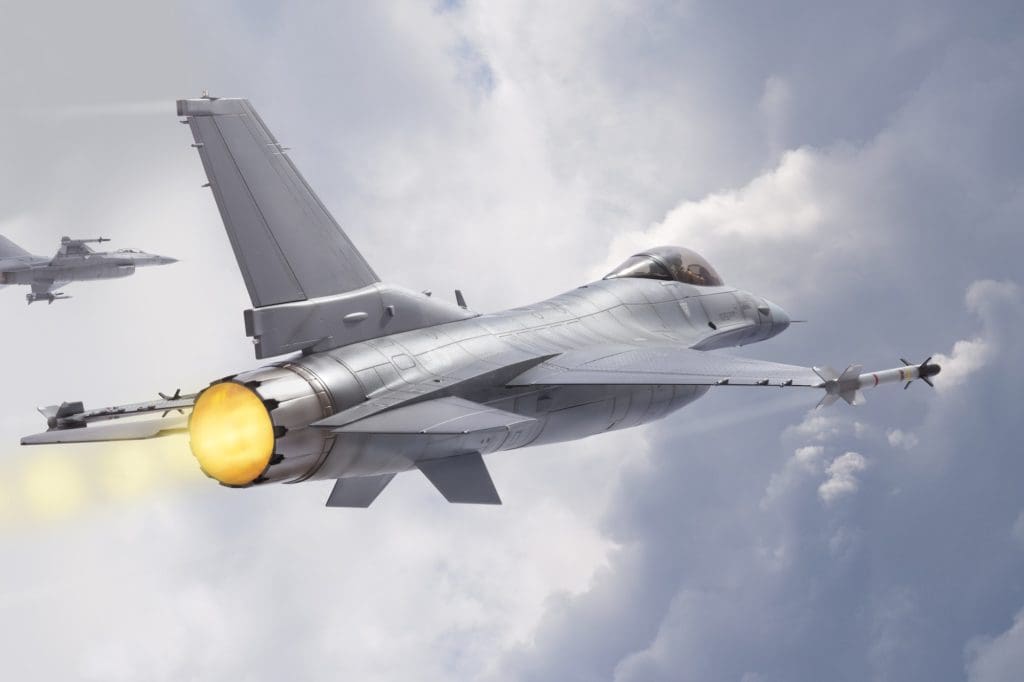[ad_1]
The United States Air Force (USAF) has always been at the forefront of technological advancement and innovation. It has constantly evolved to meet the challenges of tomorrow’s warfare, and in doing so, it has shaped the future of aerial warfare.
From its inception as a separate branch of the U.S. military in 1947, the USAF has worked tirelessly to develop and employ cutting-edge technology to maintain air superiority. This commitment to innovation has led to the emergence of some of the most incredible aircraft ever seen, as well as a revolution in tactics, training, and the mindset of its airmen.
Unveiling tomorrow’s airmen begins with understanding the key driving forces behind the evolution of the USAF. First and foremost is the rapid pace of technological advancements. The Air Force has always recognized that it must stay one step ahead of potential adversaries to maintain the upper hand. It has continually invested in research and development to create new aircraft, weapons systems, and tools to increase its capabilities.
One significant example of this is the ongoing development of unmanned aerial vehicles (UAVs) or drones. UAVs have revolutionized aerial reconnaissance and strike capabilities, allowing the USAF to gather crucial intelligence and conduct precision strikes in hostile environments without risking the lives of its pilots. These aircraft are becoming increasingly autonomous, capable of making decisions based on complex algorithms and artificial intelligence. This development is set to transform aerial warfare, as drones take on more critical roles previously performed by manned aircraft.
Another aspect of evolution lies in the changing operational environment. The USAF has adapted to new threats, such as cyber warfare and space-based operations. Recognizing that battles are no longer confined to the air, the Air Force has integrated cyber units and space forces into its operations, effectively expanding its concept of air dominance to include the electronic and space domains. This forward-thinking approach ensures the USAF remains agile and adaptable in an ever-changing operational landscape.
The evolution of the USAF is not just about technology and tactics; it is also about the people who serve in its ranks. Airmen are the lifeblood of the Air Force, and their training, education, and mindset have undergone significant changes over the years. With the rise of multi-domain operations, airmen are now trained to excel in joint operations alongside other branches of the military. They understand the importance of collaboration, communication, and integration, as the success of future conflicts depends on the seamless coordination between different domains.
Tomorrow’s airmen are not just aviators; they are cyber warriors, space operators, and intelligence experts. They possess a deep understanding of the broader strategic environment and can navigate the complex web of information, technology, and adversaries. The USAF has prioritized investing in the education and development of its personnel, ensuring they remain at the forefront of innovation and strategy.
The evolution of the USAF is an ongoing process, and it is essential to stay ahead of the curve. The Air Force must continue to foster a culture of innovation, encourage collaboration with industry and academia, and adapt its strategies and tactics to the ever-changing global security landscape. It must identify emerging threats and invest in the technologies and capabilities required to counter them effectively.
As we unveil tomorrow’s airmen, we witness a force that is not content with resting on past glories. They are driven to shape the future and maintain the technological edge that has been a hallmark of the USAF since its inception. With their unwavering commitment to innovation, adaptability, and collaboration, the Air Force will continue to evolve and shape the future of aerial warfare for decades to come.
[ad_2]




